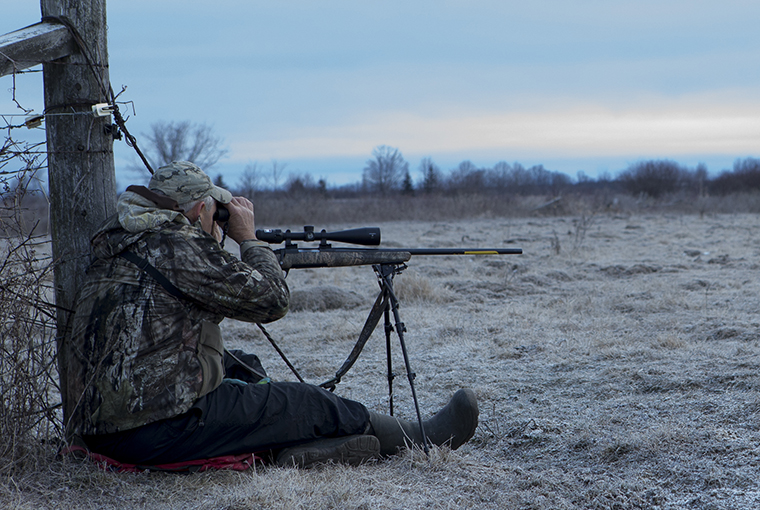
After many years and countless hours experimenting with coyote calls, factory and homemade, I’ve come up with a sound and call sequence that helps me be more consistently successful on stand.
I know coyotes quite well as I hunt coyotes, investigate livestock kills by coyotes on local farms for compensation through the Ontario Ministry of Agriculture Food and Rural Affairs, and offer a nuisance coyote removal service to farmers.
Here are some things I’ve learned in the field.
Fighting sounds
I make my own calls and howlers, but I often tell people that you can call a coyote in using the reed from a party noise maker. It’s not the brand of call you use, it’s how you use it.
When using a distress call, whether it’s a rabbit, mouse, or coyote, make it sound like the critter you’re mimicking is fighting for its life. Don’t just squawk, squawk, squawk on stand and expect coyotes to line up. Here are some tips for making your calling sound believable.
Howl and growl
One call sequence I use regularly is a coyote fight that I call the “howl and growl.” I use it to target livestock killers in the summer when I’m doing nuisance coyote removal, but it’s also effective during breeding season in February and March when coyotes are on the move, looking for love and a home range.
Working with a crosswind, set up in a cut hay or grain field. If you have one, place a full-body coyote decoy about 60 yards out and 60 yards upwind from your position. This puts you on the downwind side of the decoy. Tie a turkey feather to the decoy’s nose to help bring your set-up to life. I’m convinced the decoy draws out the wariest of coyotes that might be hung up just inside a tree line.
I carry a half-dozen calls and two howlers. The howlers are made of Yellerdog open reed calls and two different-sized sound cones. The larger howler makes the deeper and more hollow-sounding growl and the smaller one has a higher pitch that simulates a second coyote.
Patience pays off
Start with a couple of invitation howls followed by 15 minutes of silence, then spend the next five minutes barking, alternating between the two howlers, but don’t overdo it. Next, cup the end of the lower-sounding howler with both hands to create a deep, hollow growl. Use the full length of the reed tone board as you blow to create an authentic growling sound. Try opening and closing your cupped hands to mimic a pair of coyotes shifting around as they fight.
Don’t be afraid to blast it at this point to make it sound like the fur is really flying. I mix the growl with coyote distress yelping.
When you yelp, make it sound like the coyote is really hurting. Use both the low and higher pitch howlers or have a buddy blow on one to help replicate the sound of two dogs fighting. Make the fight last a couple minutes, then sit silent for at least another 10 minutes.
As long as it sounds believable, the howl and growl can be an effective call sequence for curious coyotes. I started testing it a couple of years ago and have had success with it. Experienced coyote hunters might be surprised by the wild sounds, but they work!
The howl and growl isn’t necessarily a “go-to” call, but don’t be afraid to experiment with it during the early breeding season, if your success rate has dropped, or if you’re faced with a nuisance coyote removal.


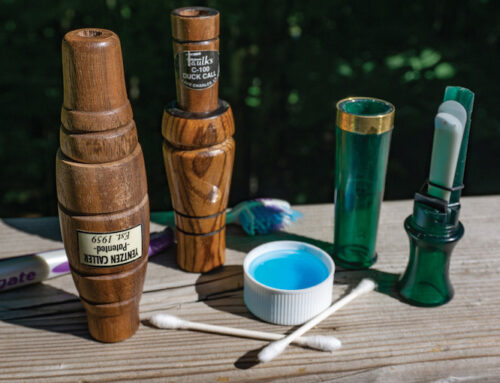
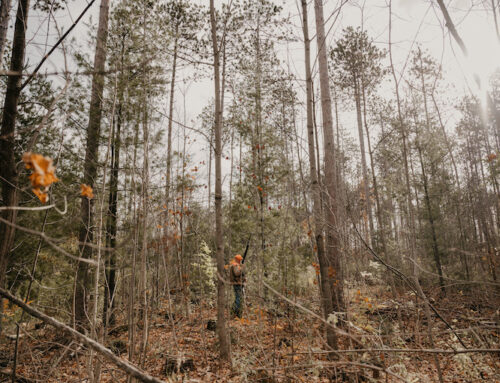
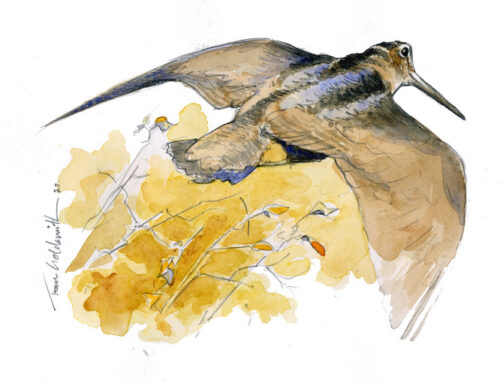
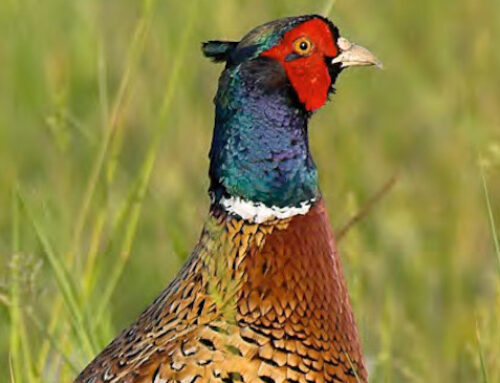
Leave A Comment